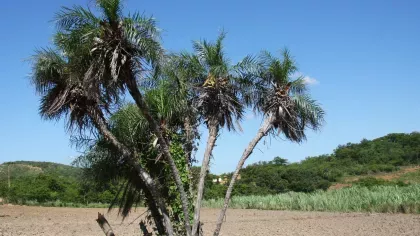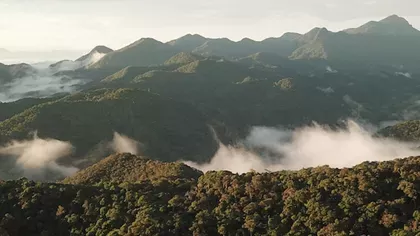8 January 2024
How artificial intelligence can save the natural world
Kew scientists are using machine learning technology to protect our planet.

Artificial intelligence (AI) is one of the hot-button topics of the day.
As debates continue about its use in art and writing, when it comes to scientific research, the AI revolution is well underway.
Artificial intelligence and machine learning are used by Kew scientists to speed up the process of species identification, as well as shedding light on species that are most at risk of extinction.
While Kew Gardens plays host to Mat Collishaw’s Petrichor exhibition, which features artwork created by carefully moderated AI, we explore three projects that use artificial intelligence to shed light on our natural world.
Page against the machine
Before exploring the projects using AI technology, we need to understand the technology itself.
Many science projects make use of a type of artificial intelligence known as machine learning.
This involves creating an algorithm, essentially a set of instructions and rules for a computer program to follow, that once trained, can accurately perform a similar task in the future.
We're making use of this in Kew’s digitisation project. We’re working to create photos of every single one of our eight million herbarium specimens, to make them more widely available for anyone who wants to see them.
But as we progress through the collection, we occasionally discover that a species has been misidentified. And if this particular species was critical in a particular piece of research, years of work can be undone in an instant.

That’s where machine learning can help. By teaching an algorithm the identifying features of various plant species, and then feeding in the digitised images of our herbarium specimens, we can assess how many have been misidentified.
The algorithm provides an estimation on how likely it is a specimens has been incorrectly named, allowing our scientists to double check.
It would be impossible for our taxonomists to do this with each of our eight million specimens, but with the help of machine learning, it allows them to focus on the specimens most likely to be misidentified.
And as we digitise more of our herbarium, the algorithm will only get more accurate in spotting the erroneously named plants.
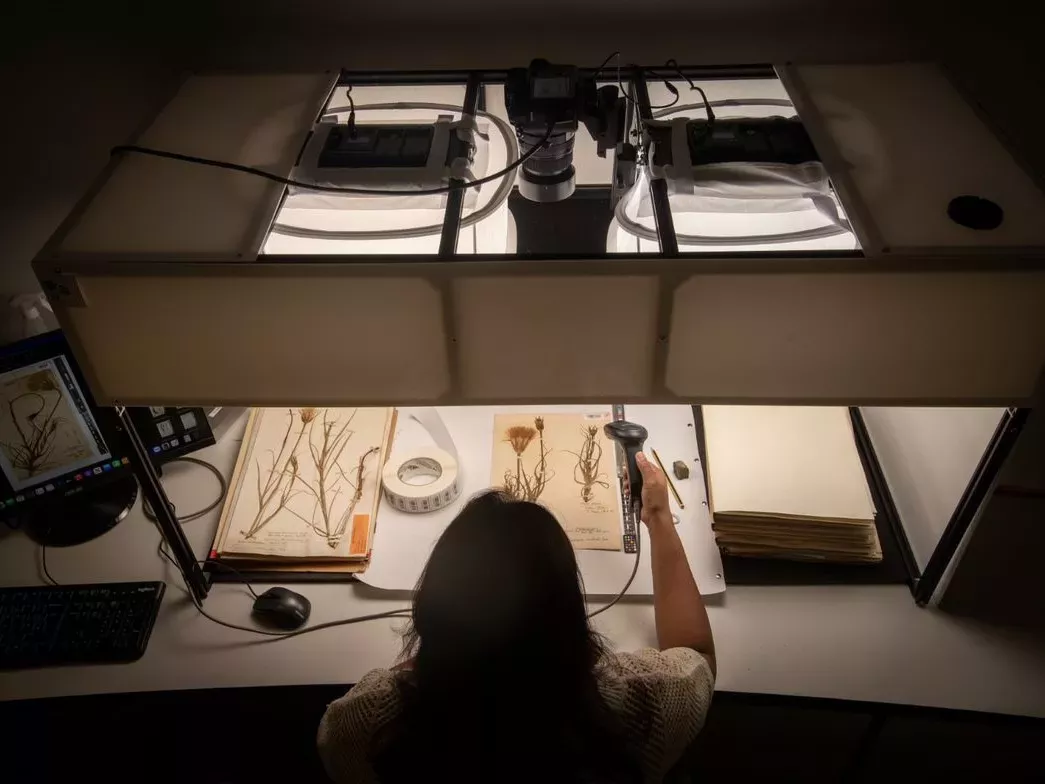
Knowing is half the battle
Machine learning isn’t just useful for spotting mistakes in our own collections – it’s also a powerful tool in understanding what’s most at risk of extinction across the natural world.
Palms are vital plants, not least in the key role they play in their native ecosystems. They also provide for millions of people around the world, with key palm crop species like coconut or date palm.
While the threats to these big name species are well understood, the risk faced by around 70% of all palm species is currently unknown.
Assessing plants for their extinction risk takes time and resources, both of which are in short supply. So again, we can look to machine learning.

Using previously published data on the extinction risk factors of various palm species, researchers from Kew trained a number of machine learning algorithms to estimate which unassessed species are most under threat.
Combining the algorithm's results with recently published extinction risk assessments, our scientists were able to create an overview of the global risk to 75% of the world’s palm species. They found that over half of palms may be threated; that's over 1400 species.
Using this new information, our scientists discovered areas that were priorities for palm conservation, including Madagascar, Jamaica and Vietnam.
We have also used a similar machine learning programme to discover the extinction risk of species whose seeds are stored in the Millennium Seed Bank at Wakehurst.
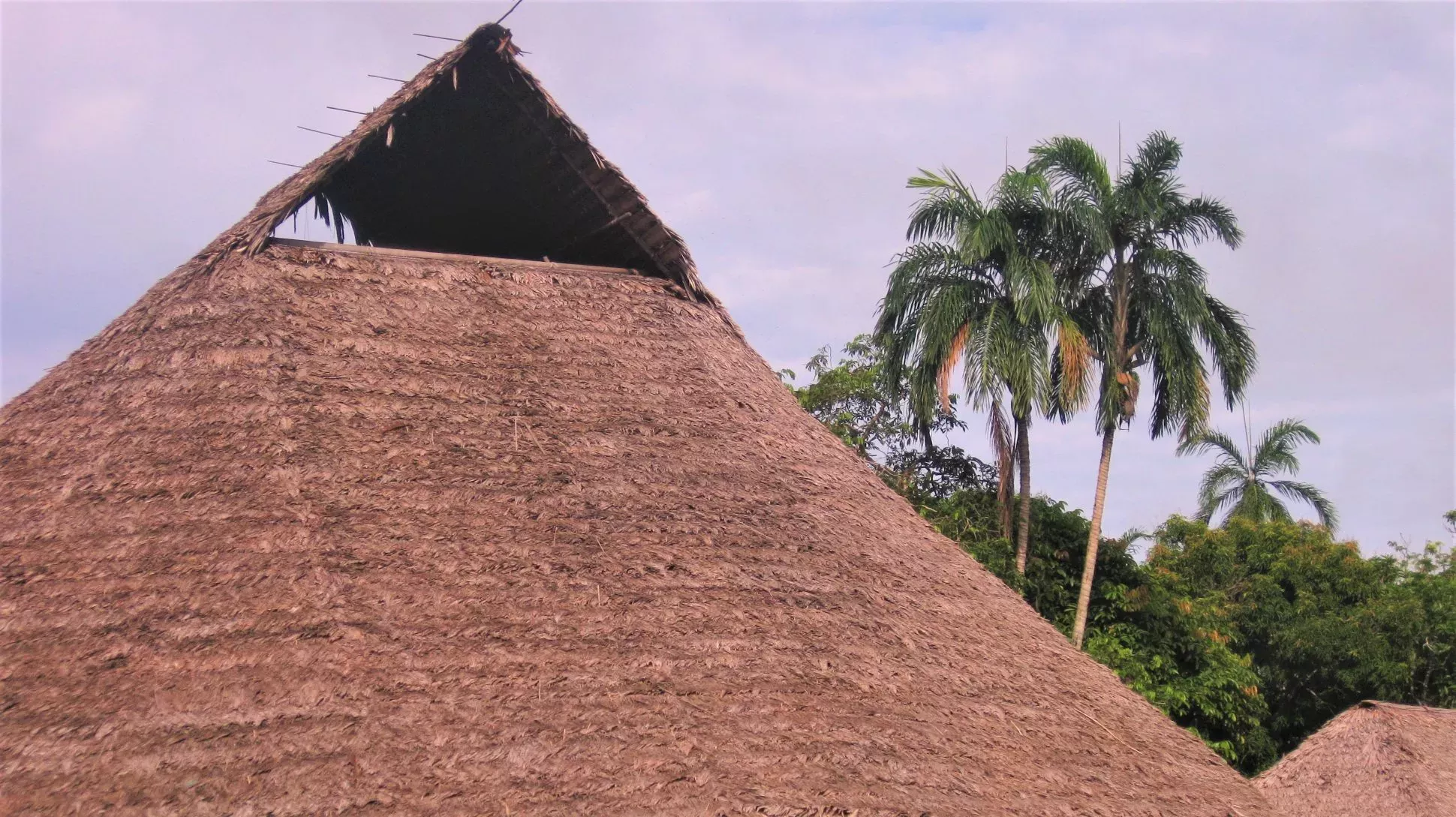
CAPTAINing biodiversity protection
Machine learning is an incredibly useful tool for identifying species and assessing risk, but how can it help us make decisions that protect the natural world?
Recent research involving Kew’s Director of Science Alex Antonelli has resulted in the development of a new software called CAPTAIN, short for Conservation Area Prioritisation Through Artificial Intelligence.
It’s a machine learning model that integrates biodiversity data, conservation budgets, climate change and human impact, such as land use change.
The programme essentially plays a game in a simulated world, where the goal is to spare the highest number of species from extinction. After several games, the programme learns how to best place protected areas in this simulated world to protect species from extinction.
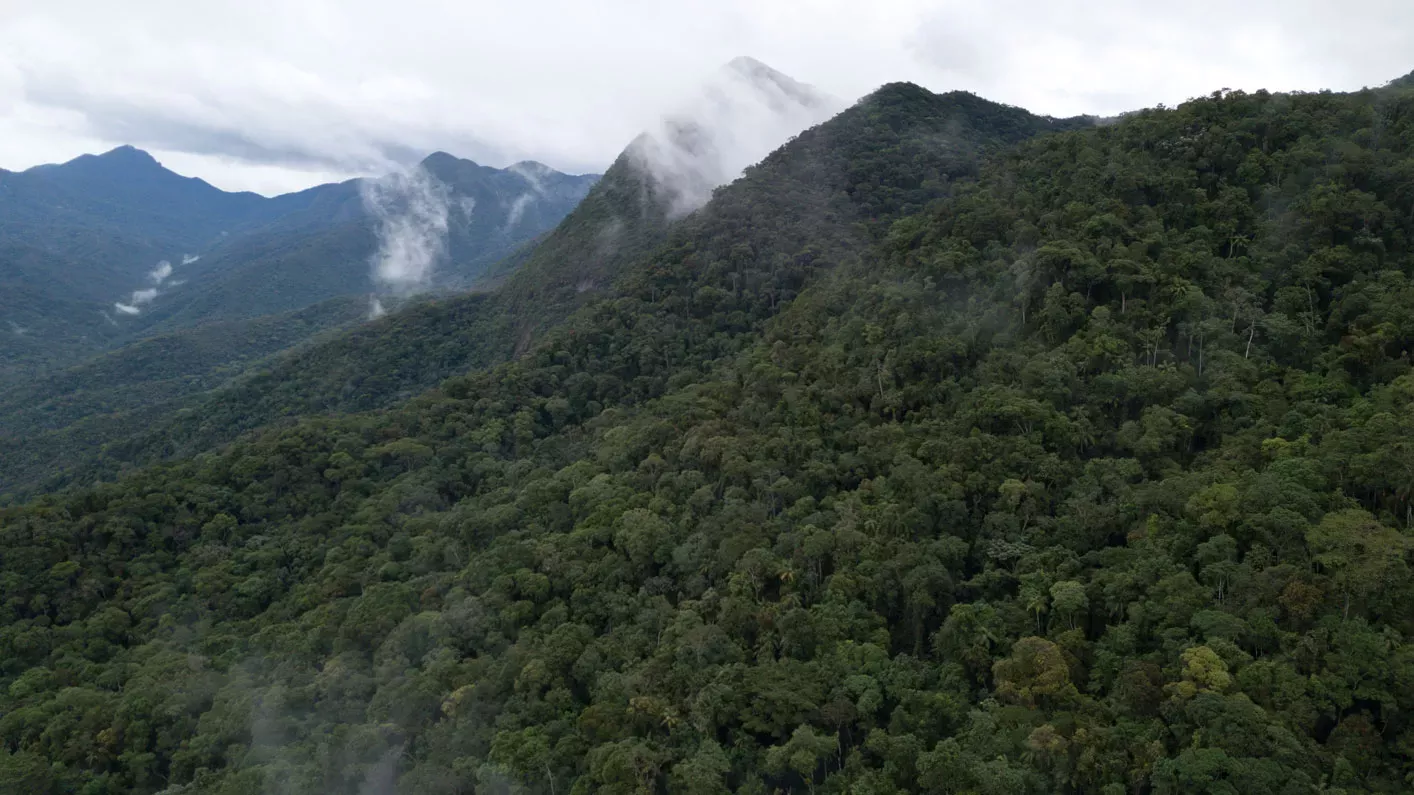
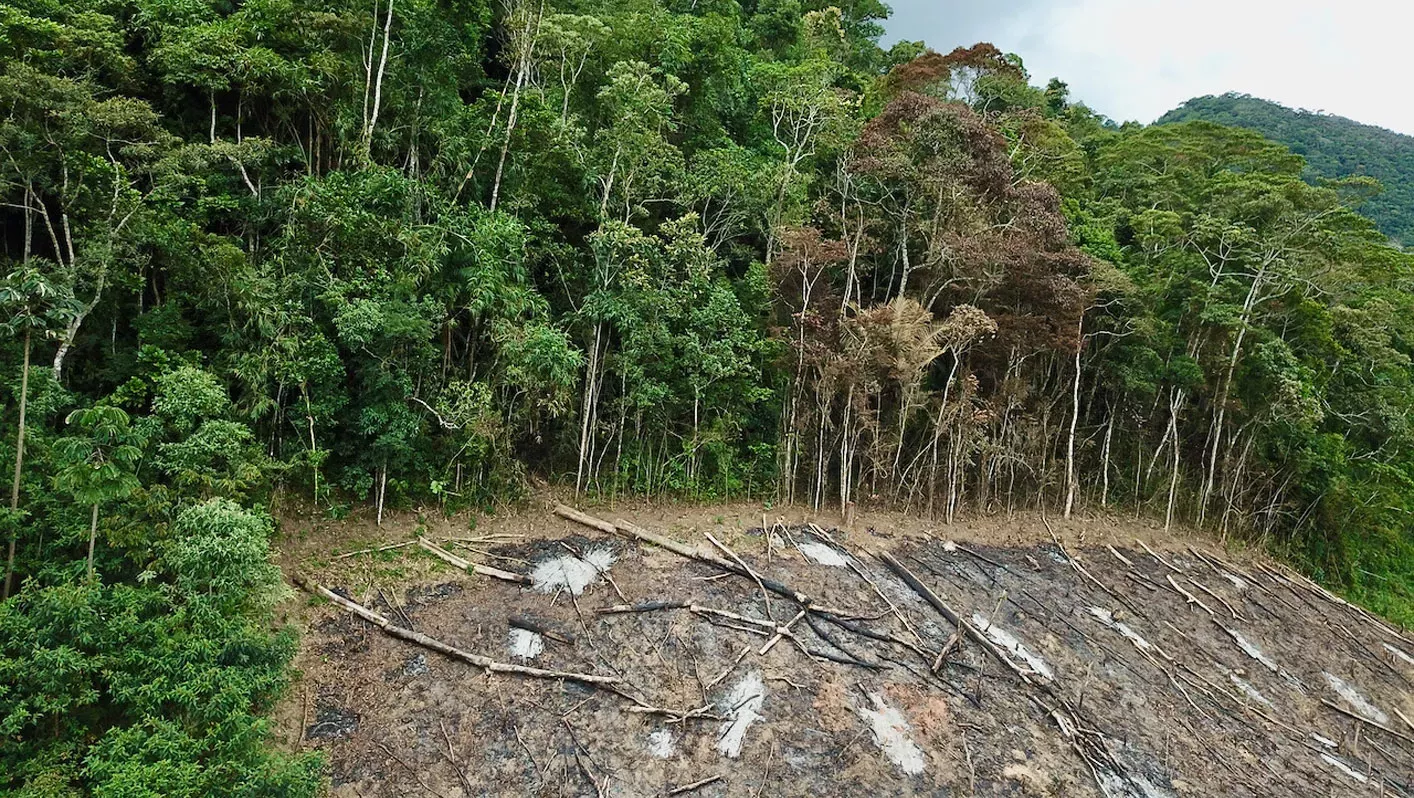
An analysis of hundreds of simulations saw CAPTAIN outperform similar simulation software, with an average reduction of species loss between 9 and 18%.
In this year’s State of the World’s Plants and Fungi Report, we reported that 45% of flowering plant species are estimated to be at risk of extinction. Even more alarming, three out of every four unknown plant species are predicted to be under threat.
Machine learning programs like CAPTAIN are fantastic tools for understanding the various approaches we can take to protect these species, while protecting the lives of the people who rely on them.

Keep an AI on nature
It’s clear that machine learning has a vital role to play in research into the natural world, whether it’s identifying misnamed species, assessing species for extinction, or helping scientists identify regions where ecosystems are most at risk.
And as the technology improves, becoming faster and more accurate, it will help scientists, decision-makers, and thousands of other people across the world take action to protect the incredible biodiversity of our natural world.


